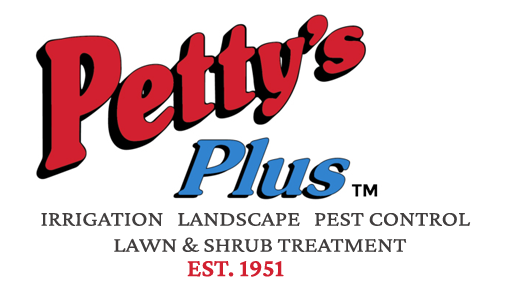Typically, the first thing that comes to mind when you think of herbs is using them to create savory meals, making teas or to help cure ailments such as lowering blood pressure. Herbs play many supporting roles in your garden and you will enjoy the added benefits of having them close in hand for use in your kitchen.
You may wish to have a designated garden area for herbs or choose to mingle them in with your landscaping. These true garden gems have as many uses in the landscape as they do in our kitchens and the added bonus is, they are so very easy to grow with the basic requirements of full sun and well-draining soil. Most do best if they receive 6 or more hours of sunlight a day. Herbs thrive in container gardening or planted in garden beds. When growing herbs for use in your kitchen or for medicinal purposes, it is best to plant them in moderately rich organic soil. Use organic fertilizer and refrain from using any chemical fertilizers, pesticides or herbicides. If you have heavy clay soil you will need to add a lot of organic matter or consider preparing a raised bed.
Most herbs are not affected by insects because the oils in the plants that give them their aroma and flavor is a deterrent to insects, but if you should happen to notice any garden pest hanging around, it is best to use a bar of insecticidal soap and always follow the manufacturer’s directions. Diseases are also very rare with herbs if you notice they appear to be stressed it is usually due to their growing conditions. Check to see if they are getting adequate sunlight, the right water requirements are met and if they are too crowded, thin them out. In a poor drainage situation, if the roots are sitting in water it will cause the roots to rot.
Herbs create wonderful low allergen gardens. Many herbs are labiates, meaning they are insect-pollinated rather than wind pollinated. This eliminates wind-borne pollen, one of the main culprits for allergy reactions.
For your cooking garden, the best herbs to start with and the ones you will probably use the most are upright rosemary, basil, cilantro, Italian parsley, chives, lemon grass, oregano, mint planted in a separate container, and a variety of thyme. If chives are used frequently, it is best to plant a larger amount of them.
Whether enhancing the border of a perennial bed, cascading over the rim of a container or lining the edge of a garden path, they enhance your landscape with texture, lovely blossoms, and delightful fragrances. From a formal European style garden to a natural style with Texas natives, the possibilities of gardening with herbs are endless.
The foliage colors of herbs range from green to gray to yellow with some being multi-color. The contrast they provide is only limited by creativity and imagination and you will have fun weaving them into your landscape. If you prefer a garden with a lot of white, the gray foliage of sage is a good choice to create continuity. Multi foliage colored sage with tinges of gray, white and purple accent the front border of purple or white bearded iris or other plants with white or purple blossoms. Also, sage is a stunning companion to create a lush backdrop to silver thyme or lamb’s ear.
Oregano used as a ground cover will work in front of most taller plants. Fennel provides an airy fern-like texture topped with a delicate flower and makes a great addition to perennial beds. Lemongrass is delicious on chicken, essential in preparing Asian dishes and can be used to make refreshing tea along with being a good substitution for planting ornament grasses. Stevia plants can often be found at local nurseries for growing your own natural sweetener.
Many plants only provide fragrance during their time of blooming, while herbs provide continuous fragrance in the garden. Basil planted in various areas provides a sweet aroma when passing by or carried by a breeze and lovely when planted near your front door or by any sitting area. Upright rosemary is another fragrant herb plant when used in an herb garden or in the place of a typical landscape shrub.
You may start your herbs from seeds by sowing them indoors or purchase starter plants from local nurseries and transplant them outdoors after the last frost. Many herbs will reseed themselves providing the bonus of having new plants for your use throughout the growing season.
Some gardens are herb gardens and some are gardens with herbs. Which you ever you choose to create, in every garden they extend the possibilities and you will be sure to have fun with herbs.
Sharon St. John is a landscape designer with Petty’s Irrigation, Landscape and Pest Control in Tyler, Texas.
